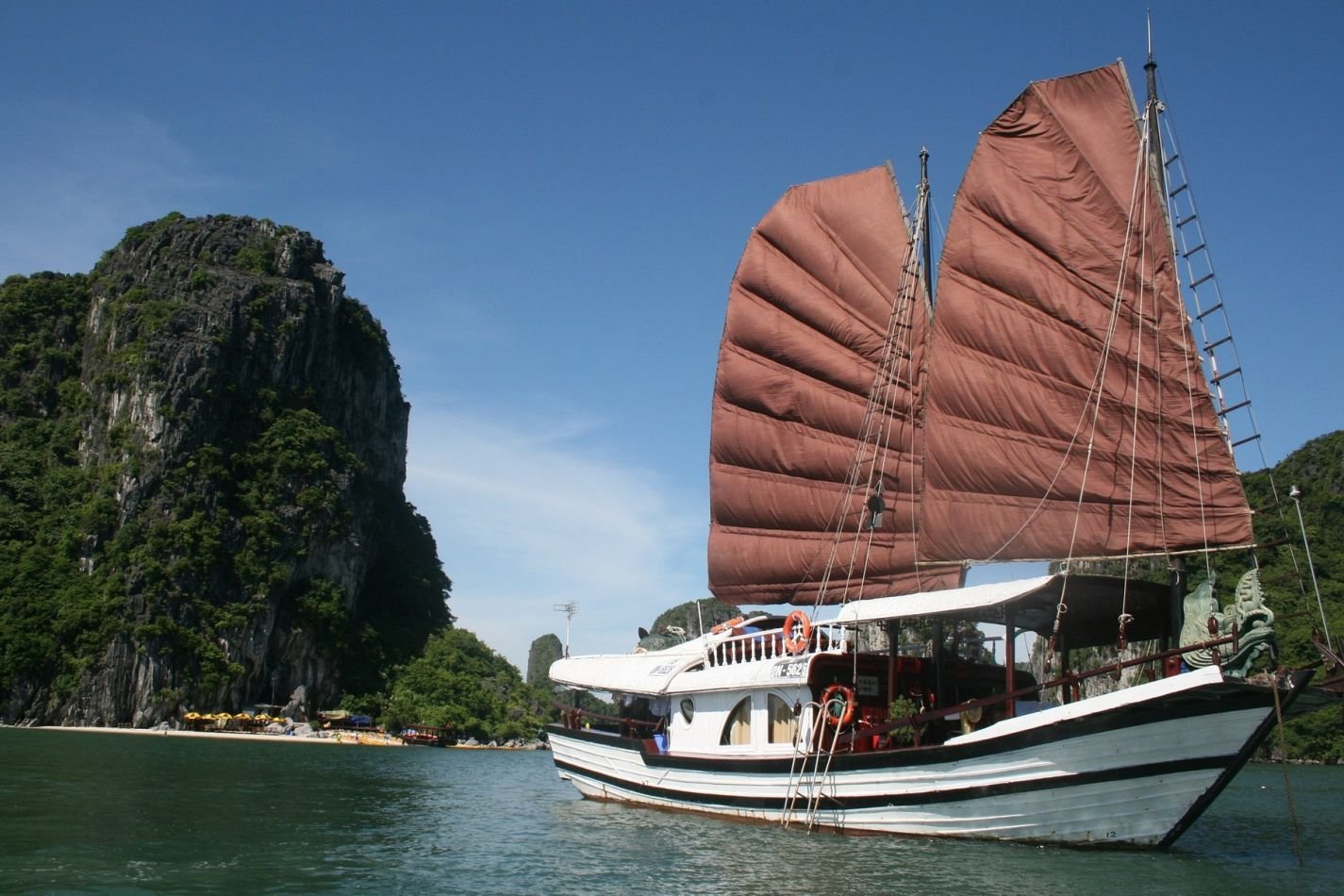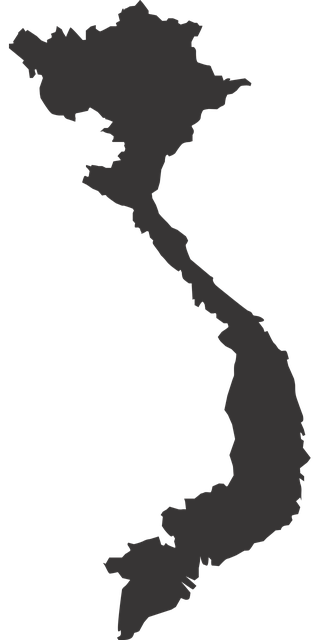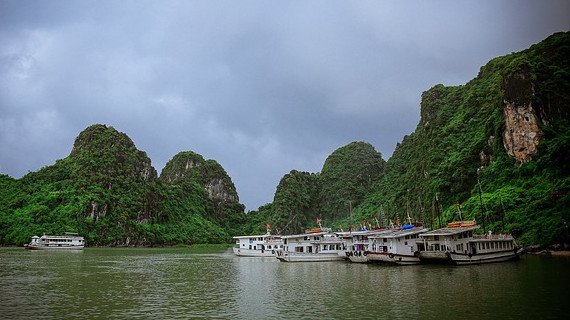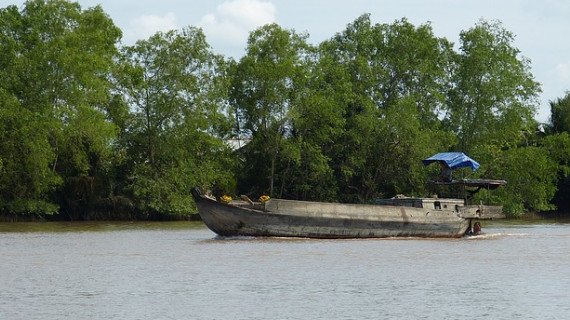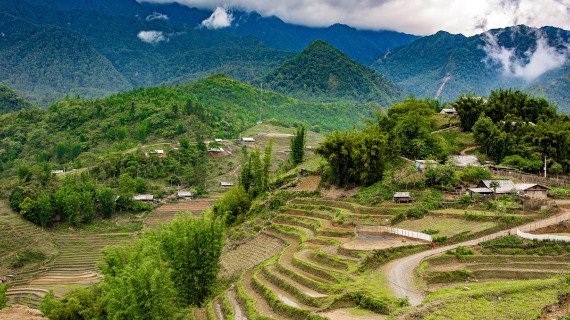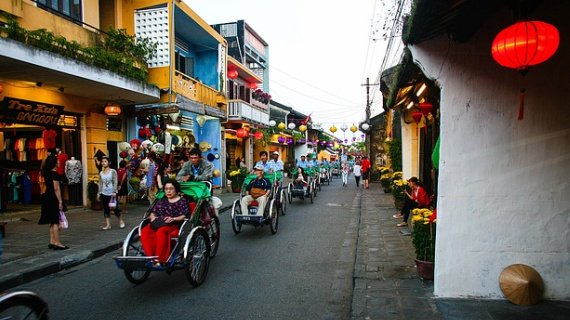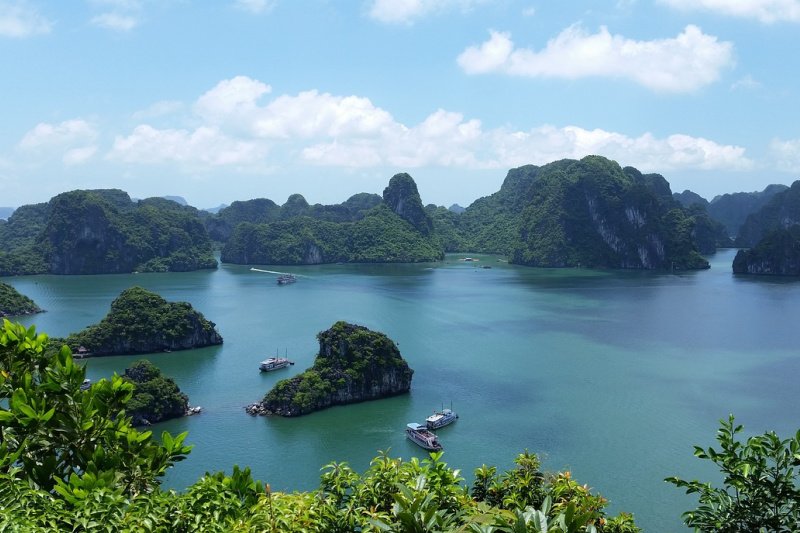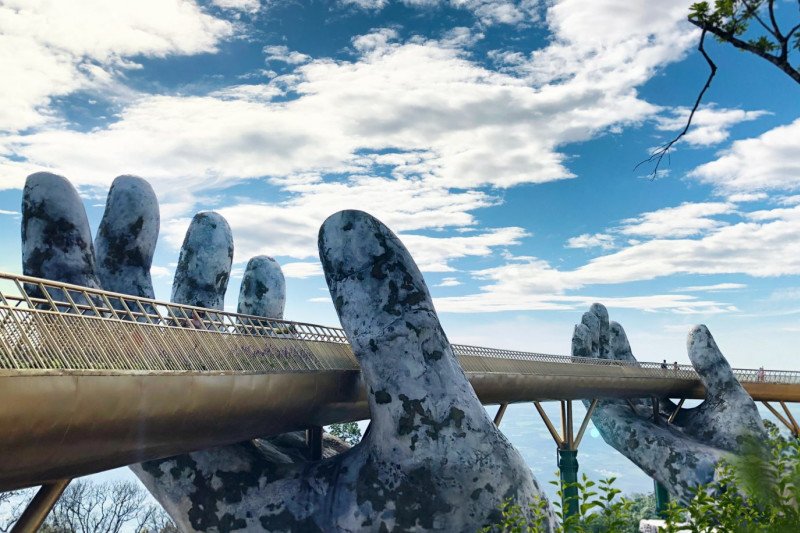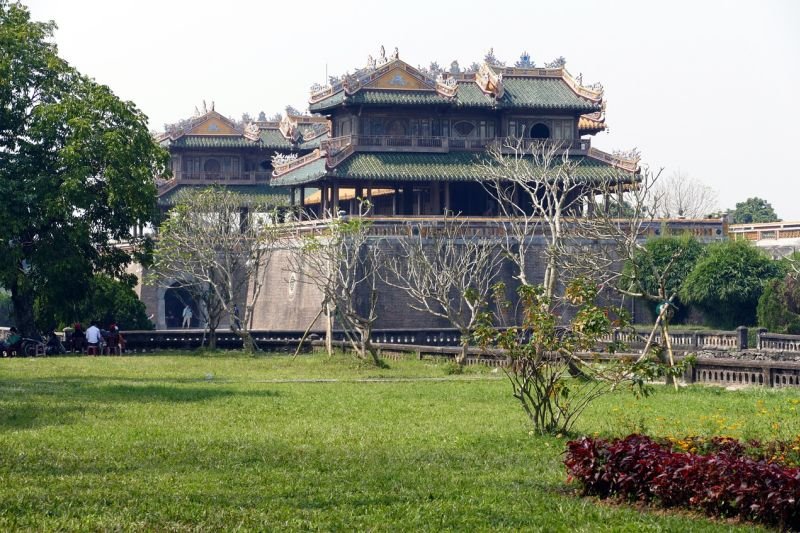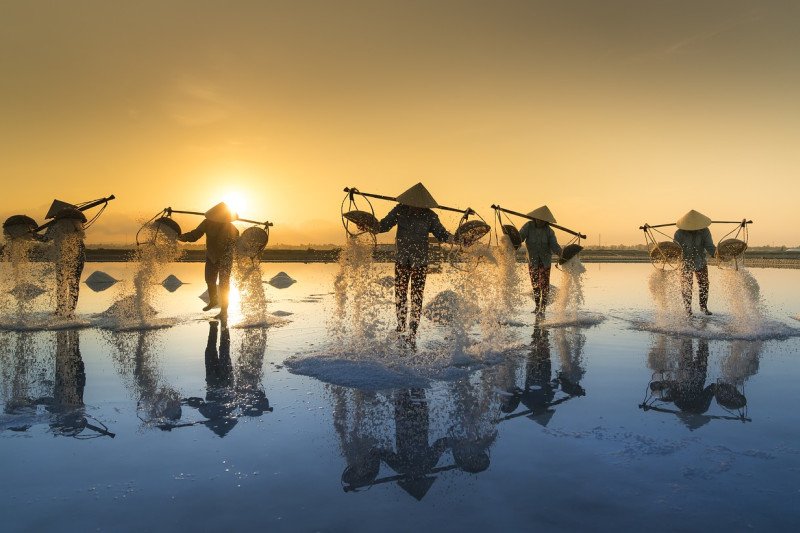Enter the Cave
Vietnam is home to some of the world’s most extraordinary subterranean landscapes, with the most popular of the country’s caves the gigantic Hang Son Doong. So big it has its own weather system, the caves could accommodate a 40-storey skyscraper, or let a Boeing 747 pass through. Other caves include the Tu Lan cave systems, used in the filming of Kong: Skull Island (2017), and Hang Va. Headlamps and nerve are required. Visit before the sights become overrun with tourists.
Ride a Motorbike
Vietnam is known for the gazillion scooters and motorbikes roaming around the cities and the country sides. You can grab a cheap scooter rental and explore various regions of Vietnam on your own. If you got lost, you’ll see some truly sensational scenery and meet some lovely locals along the way. Unless you are feeling very brave, we recommend you avoid scootering around the larger cities like HCMC and Hanoi. The traffic there appears to have no rules. Well, at least none that outsiders would understand.
Take a Cooking class
Vietnamese food is some of the most delicious cuisine in the world so why not try your hand at cooking it yourself. Nearly all the major towns and cities offer full or half day cooking classes. From learning how to make traditional fresh spring rolls, to being brought to the market to pick out the right vegetables and herbs, Vietnamese cooking classes are a lot of fun and the best part of all is that you get to indulge in all the dishes you have created. Think mouth watering Nem Lui, Hoi An pancakes and fresh Vietnamese Pho…all for you!
Jump off a boat in Halong Bay
Halong Bay, one of the new 7 natural wonders of the world and a UNESCO World Heritage Site, is best enjoyed from one of the many amazing boats that cruise around its waters. Whether you choose 5 star luxury or a backpackers party cruise, take some time to jump off your boat into the warm waters of the bay. It will give you an entire new perspective of how tall those limestone cliffs are and just how many islands there are in this fascinating wonder.
See Hanoi’s Train Street
Around 3 p.m. and 7 p.m. every day, a train hurtles through a series of narrow streets in Hanoi’s bustling, maze-like Old Quarter. Drying clothes are carried inside, children ushered indoors, and bikes pulled to the side of the road just before the train speeds past, with a couple of feet of clearance at most on each side. In some places the train is mere inches from the buildings. The street’s residents press tight to the walls or duck into nearby doorways with a startling nonchalance and go right back to walking across or sitting on the tracks as soon as the train has passed.
Hike through Rice terraces
The extraordinary hike in Sapa Valley will remain in your memory for years to come. The spectacular Muong Hoa Valley is protected from both sides by the majestic Hoang Lien Son Mountains. These mountains are home to many amazing local tribes, such as the Black Hmong Tribe. Visit Sapa when the amazing cascading-down-the-mountain rice fields are in full bloom or when the fields start to turn gold. This will allow you to truly capture the scenery at its best. It is a magical time to visit and see the rice terraces.
